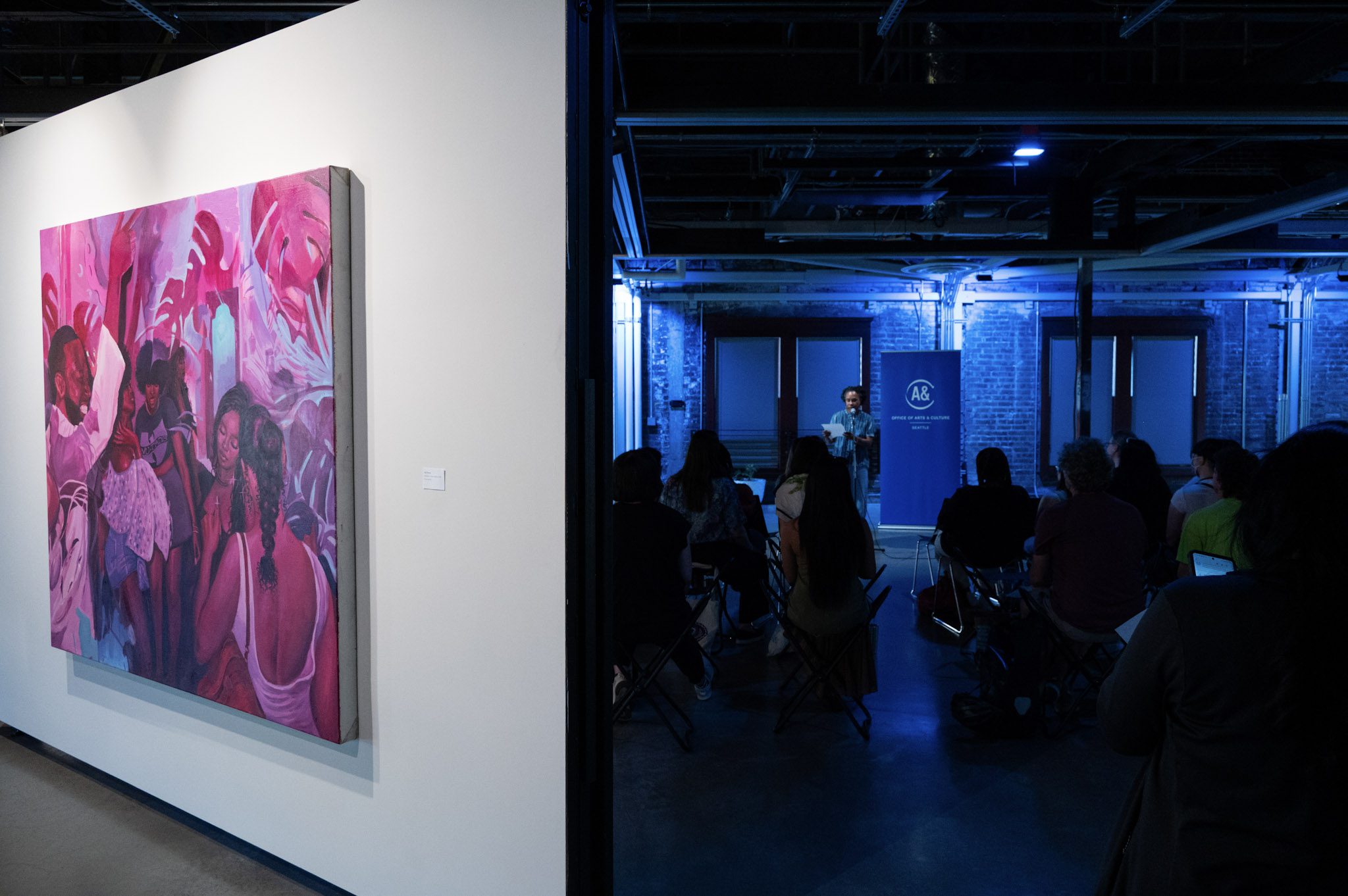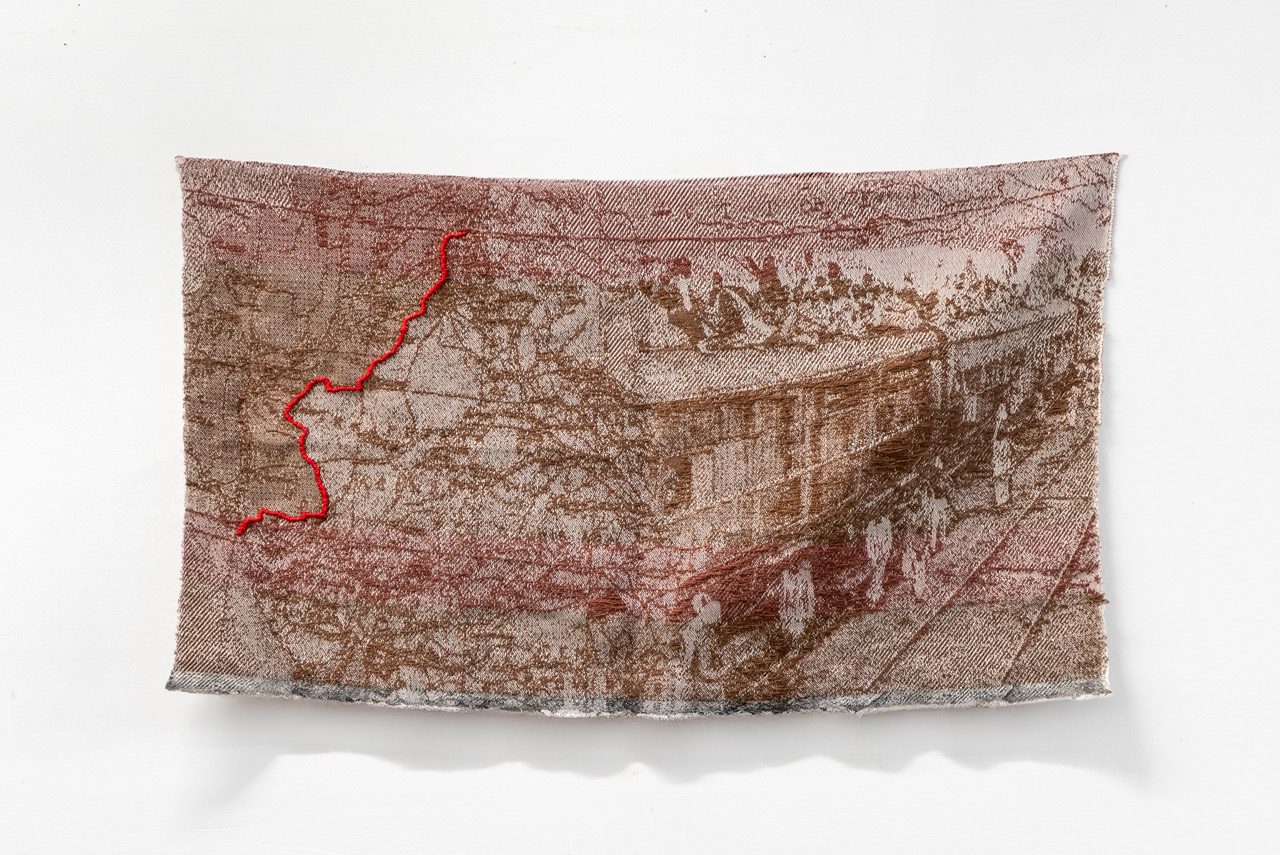In late January, I wrapped up my tenure as president of the United States Urban Arts Federation (USUAF) at its annual meeting in Washington, D.C., which ran concurrently with the United States Conference of Mayor’s meeting. Events included annual awards for public leadership in the arts and a special award presented by the nation’s mayors to Americans for the Arts in recognition of its 50 years of service and the essential contributions that arts and culture make to the health and vitality of American cities. As part of its action agenda on arts and tourism, the U.S. Conference of Mayor’s also reaffirmed its call on the White House to establish a cabinet-level position for arts and tourism.
The first National Arts Index was released at the National Press Club. Using 76 indicators, the report collected a wide range of data over an 11-year period to track activity and chart trends in our field. The report covers both nonprofit and for-profit arts and cultural data. Not surprisingly, the arts follow the nation’s business cycle. The index fell 4.2 percentage points in 2008, reflecting losses in charitable giving and declining attendance at larger cultural institutions—even as the number of arts organizations grew. Nonprofit organizations have grown dramatically, from 73,000 in 1998 to more than 104,000 today. Yet due to declining philanthropic support, the nonprofit arts model is struggling.
The report shows demand for arts education is up, particularly among college-bound high school students. Another piece of encouraging news is the way the public participates in and consumes the arts is expanding. Personal arts creation is growing steadily (making art, playing music), yet attendance at mainstream nonprofit arts organizations is in decline.
The report also formed the foundation for a meeting of USUAF members with key House Appropriations Committee leadership, including our own arts champion Congressman Norm Dicks. I reported on the impacts of the American Recovery and Reinvestment Act funding in Seattle and thanked the congressman for making a strong case to ensure arts jobs were included in the final stimulus package. We are hopeful that a second round of stimulus funding will also include arts jobs.
I am pleased to report Seattle will be among a list of cities that will develop a local profile of the National Arts Index in the coming year. The localized data will allow us to meaningfully compare local trends and performance against national trends. A Seattle arts index will serve as a valuable advocacy tool in addition to our own Creative Vitality Index , Arts & Economic Prosperity Report (which we have committed to update in 2011) and Creative Industries Report. All of these studies contribute to a better understanding of our cultural ecosystem and will help us better serve the field.
Sincerely,
Michael Killoren
Director


